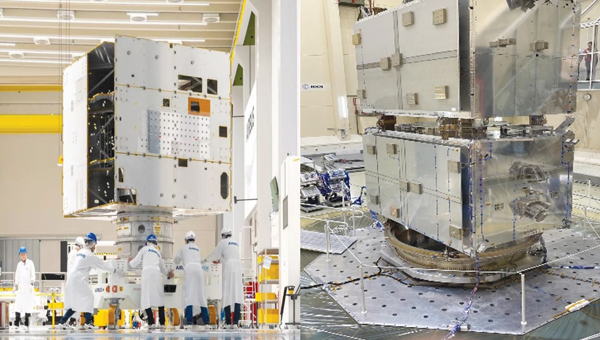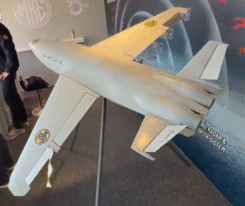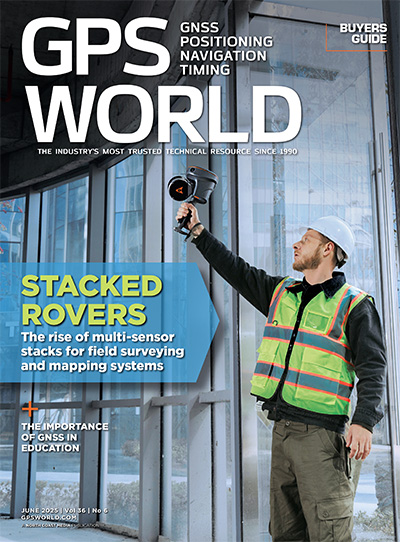New services and capabilities for Galileo


G2G Initial and Final Operational Capability Moving Ahead
In line with the outcomes of the previous G2G reviews, two new lines of GNSS improvements are well underway at the program level.
In the area of G2G initial operational capability (G2G IOC), which will provide new G2G Initial Services, EUSPA has performed extensive preparatory work to derive the mission needs (as defined by the European Commission and its member states) into a set of service evolution roadmaps for the more than a dozen Galileo services.
ESA and industry will implement these objectives to provide an incremental implementation of these services in a continuous improvement process while guaranteeing backward compatibility and seamless enhancement.
In 2025, all facets of the Galileo Second Generation Programme will come together, converging into a System Critical Design Review organized by ESA and involving all key program stakeholders (EC, EUSPA, and member states).
The system critical design review will allow the consolidation, from an infrastructure under development point of view, of the following areas:
■ Detailed plans for validation and qualification of all G2G assets leading up to their launch, LEOP and in-orbit testing.
■ Initial services, which are to be provided by the associated Space and Ground Segment elements in the period 2026-2030.
■ The set of procurements to be implemented for the initial and final operational capability of G2G, which will allow users to receive the full set of enhanced services and capabilities in the 2030s
Critical technologies being analyzed include optical inter-satellite links, advanced governmental payloads, new Ground Segment and signal technologies and in-space constellation monitoring, among others.
Conclusions
Galileo keeps providing continuous and stable services to users with new enhanced capabilities, some of which are unique with respect to other GNSS systems. The Space Segment infrastructure has now reached for the first time the FOC configuration, while the Ground Segment infrastructure development for the first generation is approaching FOC for the Public Regulated Service IOC and the Open Service.
In parallel, for G2G, both Satellite and Ground Segment activities have moved from design phase to validation phase, with the first System Compatibility Test Campaigns started.
Hardware and software production of the new Satellite and Ground Segment is well underway in order to maintain Galileo competitiveness with the other GNSS.
EUSPA and ESA continue to strive toward achieving the vision defined at the end of the previous decade: “If you can imagine a novel satellite navigation service, we can implement it.”
An exciting road ahead awaits.
« Prev Page 1 2 3 4 5 Next Page »

















Follow Us